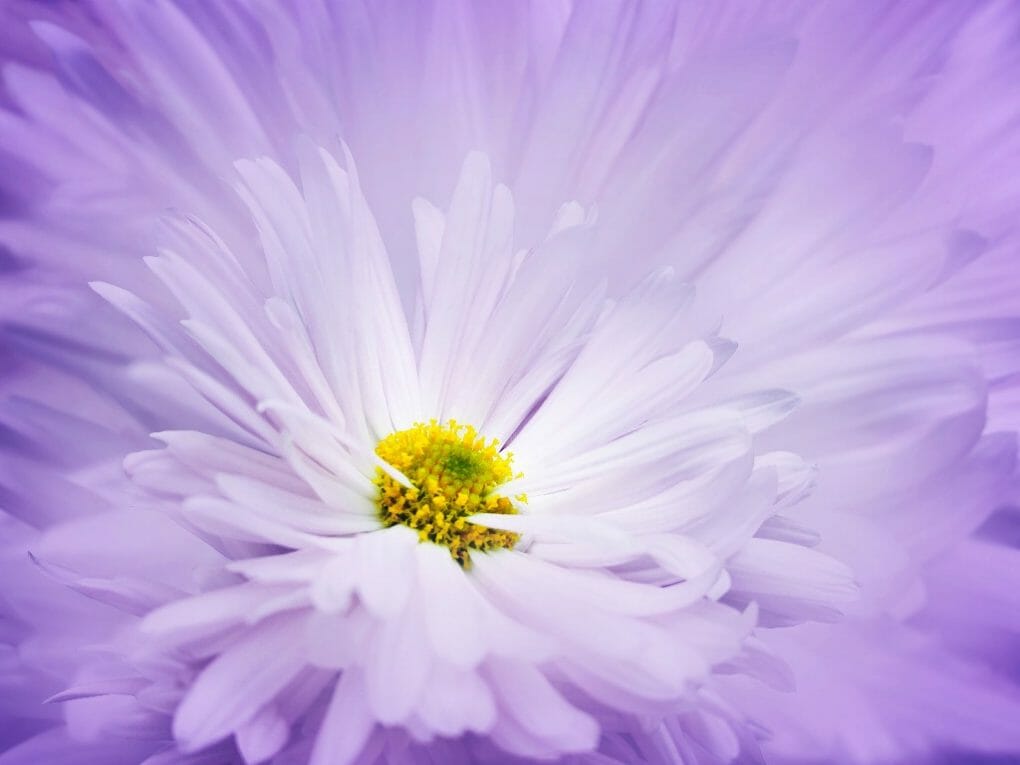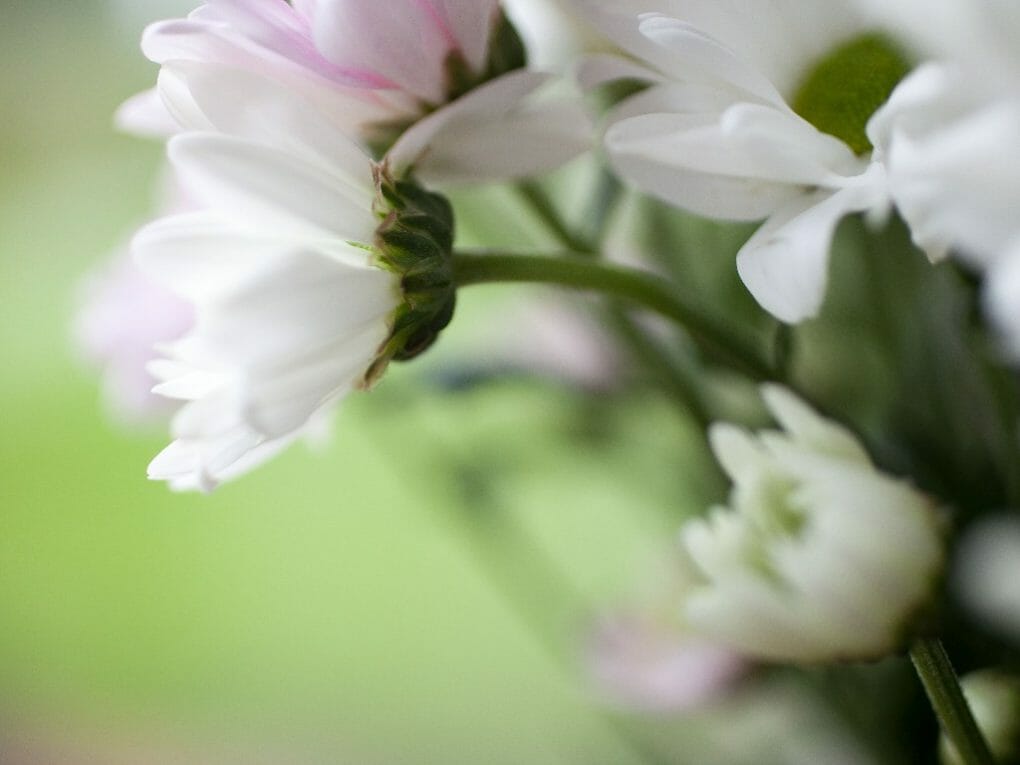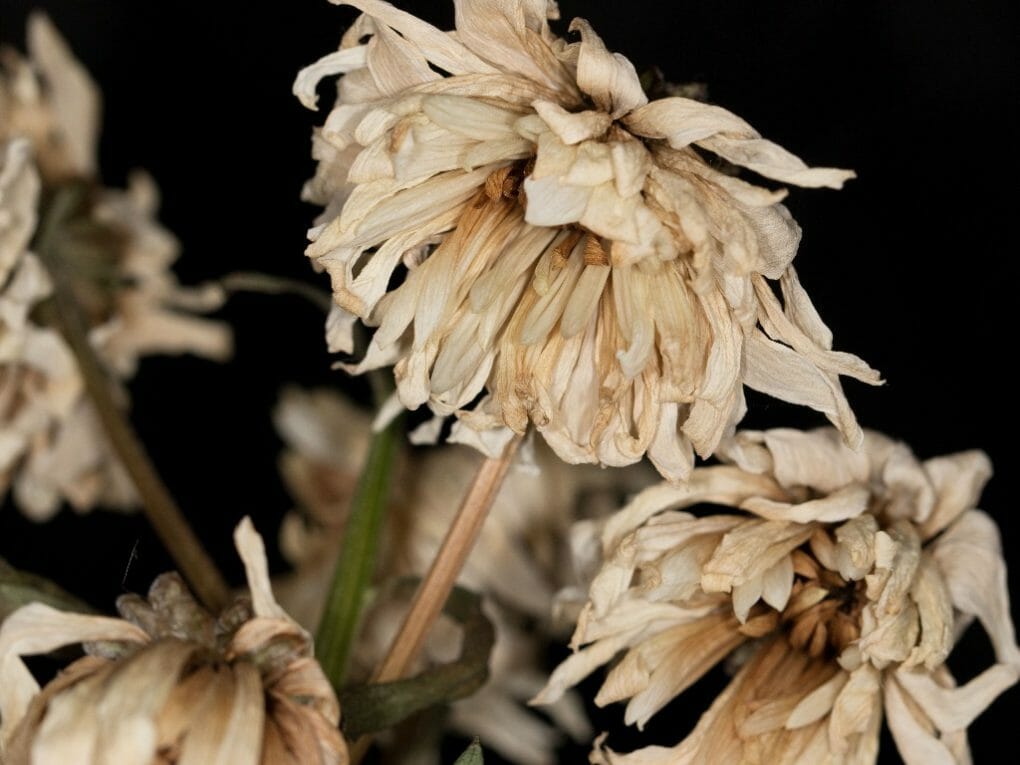Hardy Chrysanthemums Care | Know the Planting Conditions For Growing Stunning Display Of Chrysanthemum Flowers

Hardy chrysanthemums are some of the most popular flowers in the world. Their vibrant colors and cheerful personalities make them a favorite among gardeners and flower enthusiasts. But did you know there is more to chrysanthemums than meets the eye? This article will discuss some of the unique care requirements for these beautiful plants. From watering to fertilizing, we’ll cover everything you need to know to keep your chrysanthemums happy and healthy.
Table of Contents
Planting Conditions For Hardy Chrysanthemum
Light
Most of the time, they will have the most flowers if grown in full sun. But in warm places, plants often like to have some shade in the afternoon when it’s hot. Mums set buds based on how long the days are, so don’t plant them where they might be exposed to bright light at night from a patio, window, or even a streetlight.
Water
Water is a must for mums. Water them an inch once a week at the start of the growing season and then twice a week as the flower buds expand and bloom.
To properly care for them while growing in a container, water the soil surface until water drains out of the bottom. Insist that the container has holes for water to escape. The soil in the pot should be permeable to water so excess moisture can escape. Plants need moist, but not drenched, soil. Root rot and other diseases can be caused by constantly wet soil.
Soil
These plants can grow in a variety of soils, but they do best in rich soil with good drainage. If the soil doesn’t drain well, the plants will die. They like soil with a pH between 6.5 and 6.7, which is slightly acidic.
Pick the Best Location
Garden mums are perennials that thrive in full sun and can be planted from zones 5-9. Well-draining soil is essential to keep the plants healthy and ensure their return next year. Before planting your mums, work organic matter into poor or compacted soils.
Florist mums are an excellent plant to use in pots to create beautiful autumnal displays by doorways and in window boxes. These annual mums are great for cooking and can also be planted in the garden for some last-minute fall color after the summer annuals have faded.
Fertilizer
During the time that chrysanthemums are growing, they need a lot of nitrogen and potassium. Feed the plants before the flower buds form to help them develop strong roots, good buds, and strong plants. Depending on your geographic location, you can begin feeding your fish in March, April, or May. Time-released fertilizer (12-6-6) feeds plants for about three months. With a fertilizer that releases nutrients over time, you may only have to feed the plants once. The general rule is to start feeding when there is no chance of frost. So, any new growth caused by the nutrients won’t be at risk of being hurt by icy weather. After July, you shouldn’t feed plants that are already grown so that the new growth won’t be damaged by frost.
Temperature and Humidity
Mums do best in climates that are not too hot or too cold. When it’s too hot, plants can have trouble growing. In cold places where it freezes hard in the winter, plants can die from the cold if they are not covered with a thick layer of mulch. Mums like a little humidity, but if there is a lot of moisture, ensure good airflow so they don’t get rot or disease.
For mums planted in the fall and plants to have a better chance of living in cold places, you need to protect their roots and crowns more. First, let the plants’ leaves stay until spring. After the frost has turned them brown, don’t cut them back. Then, either cover the plants with at least four to six inches of mulch or dig up a pot and move them to a place in the garden where they will be more protected during the winter. Move the plants before the first hard freeze if you want to.
Consider heat delay in warmer places. When the temperature is high, especially at night, the plant may flower later than it usually would. Heat delay can lead to flower buds that don’t form right, erratic flowering, a misshapen plant crown, and other problems with plant growth. If you live in a hotter place, look for cultivars that can handle more heat.
Pruning Hardy Chrysanthemums

When you pinch chrysanthemums, the plants get bushier and bloom later in the season. You also get more buds and flowers. When the mums are 6-8 inches tall, pinch the center leaves with your fingers to remove the small new leaves and encourage new growth. Pinch the plant every time it grows another 6 inches. If your mums bloom in September, stop pruning at the end of June. If your mums bloom in October, stop pruning near the end of July. Don’t cut off any buds.
After the frost kills the plant’s leaves, use a strong pair of pruning shears to cut the plant back to just above the ground. For winter protection, cover the rest of the plant with a few inches of mulch.
Propagating Hardy Chrysanthemums
Mums can be spread in a few different ways: by cuttings, seeds, or division. Using division is the easiest and fastest way to do it.
Divisions
Plants grown in the garden for at least two years should be split up. Younger plants won’t have enough roots to keep them alive. You should divide your chrysanthemums every third spring to give them a new start. In the spring, do this. You can divide plants when they are at least 6 inches tall. Make sure you don’t hurt the roots. Plant again at least 18 inches apart.
Cuttings
This is a great way to make a copy of the plant you already have. It takes away the mystery surrounding seeds. Cut a stem at least four inches long, dip the end into a rooting hormone, plant it in a pot with potting soil, wait about four weeks for the plant to grow two more inches and get feet, and then move it outside.
Seed
You can grow mums from seeds, but it’s best to buy seeds instead. If you try to plant seeds from your plants (most of which are hybrids), you might not get a plant that looks like the parent. If you don’t mind not knowing what will happen, go for it. Start seeds inside 6-8 weeks before the last frost date, and let the plants get used to being inside before moving them outside.
Putting Hardy Chrysanthemums in Pots and Repotting Them
The most important thing you can do to make your mums live longer is to repot them. When you buy a mum, its roots are usually all around it. Because the roots have eaten up the whole pot, it’s hard for the soil to hold any water. To repot:
- Choose a pot a little bit bigger than the one you used.
- Put some good potting soil in the bottom of the new pot.
- Untangle the roots as much as you can without hurting them.
When you put the plant in the new pot, the top of the soil should be an inch below the edge of the new pot. Make sure that the roots touch the soil well. Lightly pack the soil down. The plant must be watered until water runs out of the bottom of the pot.
Chrysanthemums That Can Survive the Winter
If you plant mums in the garden in late summer or early fall, the plants might not have enough time to get established. This isn’t a problem in warmer climates, where deadheading is enough to keep most mums happy after they bloom, but in places where winters get below zero, perennial plants need strong roots to hold them in place. Soil that freezes and thaws repeatedly can push a plant out of the ground and kill it.
When the leaves fall off after the first frost, cut the plant back, so it is just above the ground. Put a few inches of mulch on it to help it survive the winter.
How to Make a Hardy Chrysanthemum Flower
Most of the time, mums bought at a nursery or garden center are bought just before or as they bloom. They can be left in pots for several weeks to make colorful garden scenes. Most mums will bloom in September, October, or a little later, but some will bloom earlier, especially in places where spring and summer nights are very cool.
Make sure to prune your mums when their stems are only six to eight inches long. This will make sure they bloom a lot. The best way to get healthy blooms is to prune regularly until buds appear. After the plant blooms, remove the spent flowers often so that any “hidden” bulbs can get sunlight, and the plant will bloom for a longer time.
Problems That Often Happen With Hardy Chrysanthemum

Most of the time, mums in pots add a burst of color to the fall and die back after the first frost without any problems. But people who want to plant mums in the ground and keep them healthy for years may run into these problems:
- Fungal Problems- When it’s cooler and rainier than usual in the fall, mums look their best. The damp air is a good place for mold spores and other fungal problems to grow. Anti-fungal sprays and cutting off infected stems can help fix the problem.
- Diseases- Botrytis, leaf spots, rust, powdery mildew, stem and root rots, verticillium wilt, aster yellows, and viruses are some of the most common diseases. A disease might be to blame if your plant has been damaged or doesn’t seem to be doing well. Leaf spots and powdery mildew don’t kill plants very often, but plants with other diseases should be taken out of the garden and thrown away.
- Viruses- Some viruses, like chrysanthemum smut, are spread by bugs. Stunted growth and leaves that are yellow, brown, or falling off are signs. Unfortunately, there aren’t many ways to treat this, and you might have to kill the plant to stop it from spreading the disease.
- Insects- Aphids, thrips, and spider mites can all hurt mums. Some signs are damage to the leaves and stems, spider webs on the plants, and insects that can be seen. Earwigs and leaf miners can also be a problem. You can get rid of them with a spray of water or soap that kills bugs. Slugs and snails should be picked off by hand.
